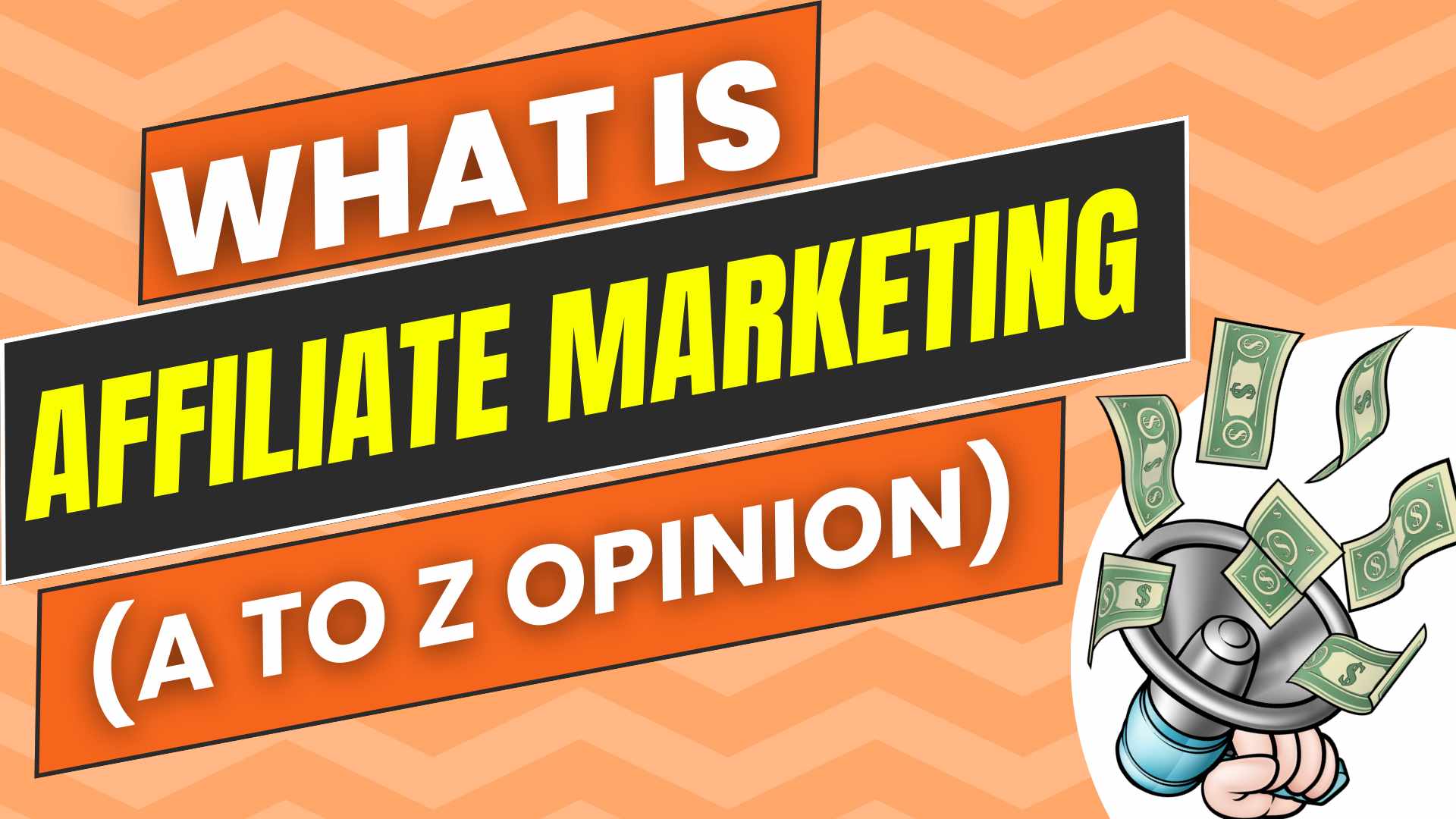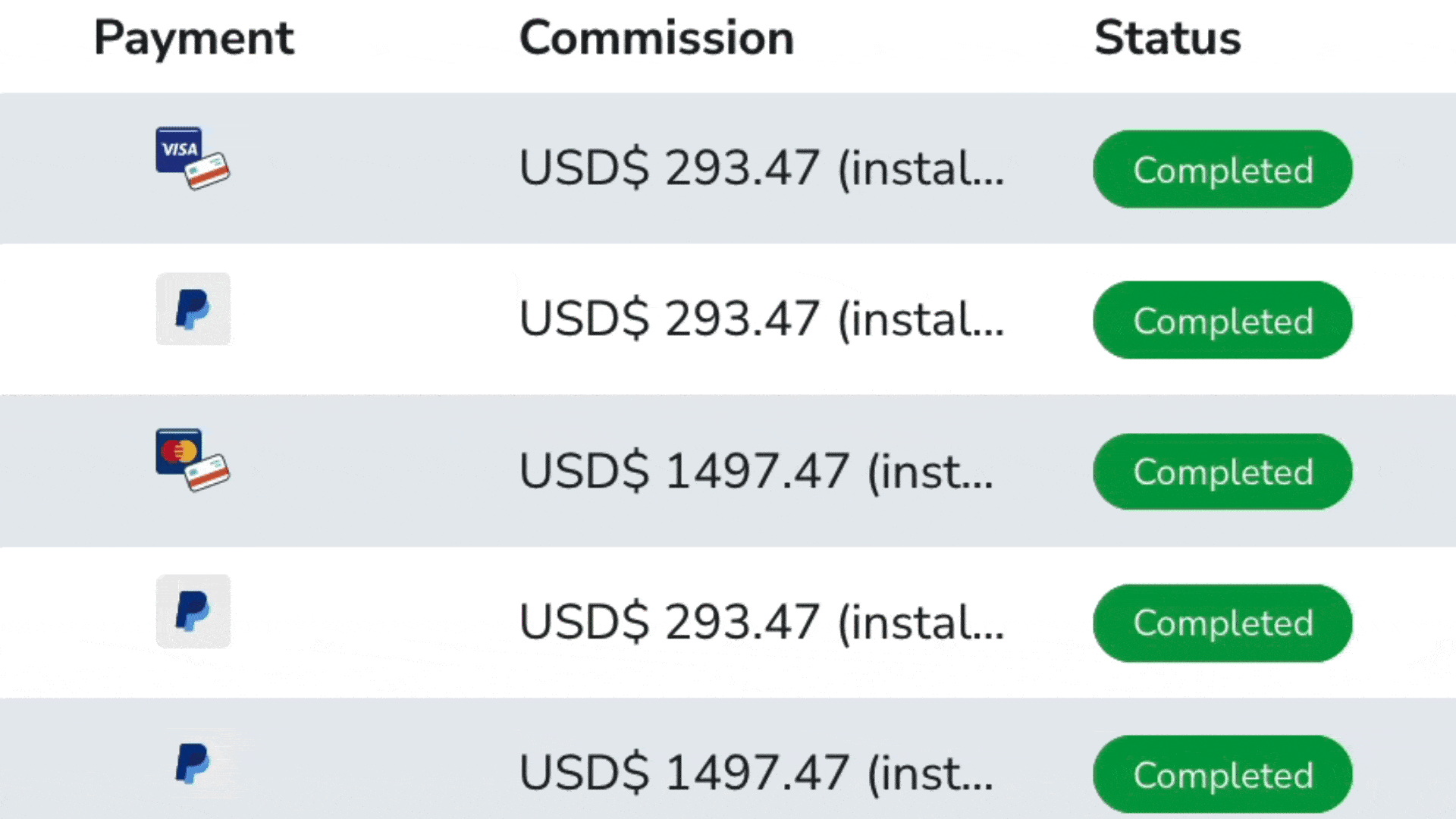
Introduction – What is Affiliate Marketing
Welcome to my blog and this article “What is Affiliate Marketing?”
Affiliate marketing is a performance-based marketing strategy in which a business rewards third-party affiliates for generating traffic or sales through the affiliate’s marketing efforts.
It is a mutually beneficial arrangement where merchants or advertisers leverage the influence of affiliates to promote their products or services, and affiliates earn a commission for each customer or sale they bring to the business.
Here’s a breakdown of the key components and processes involved in affiliate marketing:
Build A 7-Figure Business Blueprint >>
1. Parties Involved:
– Merchant/Advertiser: This is the company or individual that owns the product or service. The merchant sets up an affiliate program to allow others (affiliates) to promote their offerings.
– Affiliate/Publisher: An affiliate is an individual or entity that promotes the merchant’s products or services in exchange for a commission. Affiliates can be bloggers, influencers, website owners, or anyone with an online presence.
2. Affiliate Networks:
Many merchants use affiliate networks, which act as intermediaries between merchants and affiliates. These networks provide a platform where merchants can list their affiliate programs, and affiliates can choose which products or services to promote.
3. Tracking and Cookies:
Affiliates are provided with unique tracking links or codes that help the merchant track the source of the traffic or sale. Cookies are often used to store this information, attributing the referral to a specific affiliate.

4. Promotion Methods:
Affiliates promote products or services through various channels, such as:
– Content Marketing: Creating blog posts, articles, or videos to educate and inform potential customers.
– Social Media Marketing: Promoting products on platforms like Instagram, Twitter, Facebook, etc.
– Email Marketing: Sending targeted emails to a subscriber list.
– Paid Advertising: Running ads on search engines or social media platforms.
Keep Reading
See How I Make $1,000 Per Sale!
5. Commission Models:
Affiliates earn commissions based on predefined actions, such as:
– Pay-Per-Sale (PPS): Affiliates earn a percentage of the sale amount.
– Pay-per-click (PPC): Affiliates earn a fee based on the number of clicks generated.
– Pay-Per-Lead (PPL): Affiliates earn a commission for each lead (sign-up, trial, etc.) generated.
6. Benefits of Affiliate Marketing:
– Low Risk for Merchants: Merchants only pay for actual results (sales, leads, etc.).
– Passive Income for Affiliates: Once set up, affiliates can earn income with minimal ongoing effort.
– Broader Reach: Merchants can tap into the diverse audiences of various affiliates.
7. Challenges:
– Competition: With many affiliates promoting similar products, competition can be intense.
– Reliance on Merchant’s Success: Affiliates depend on the merchant’s product quality and marketing strategies.
Get Buyer Traffic (Affiliate + CPA Marketing) >>
Final Opinion – What is Affiliate Marketing
In summary, affiliate marketing is a collaborative arrangement where both merchants and affiliates benefit from increased sales and exposure. It’s a dynamic and evolving ecosystem driven by the power of online marketing and partnerships.

